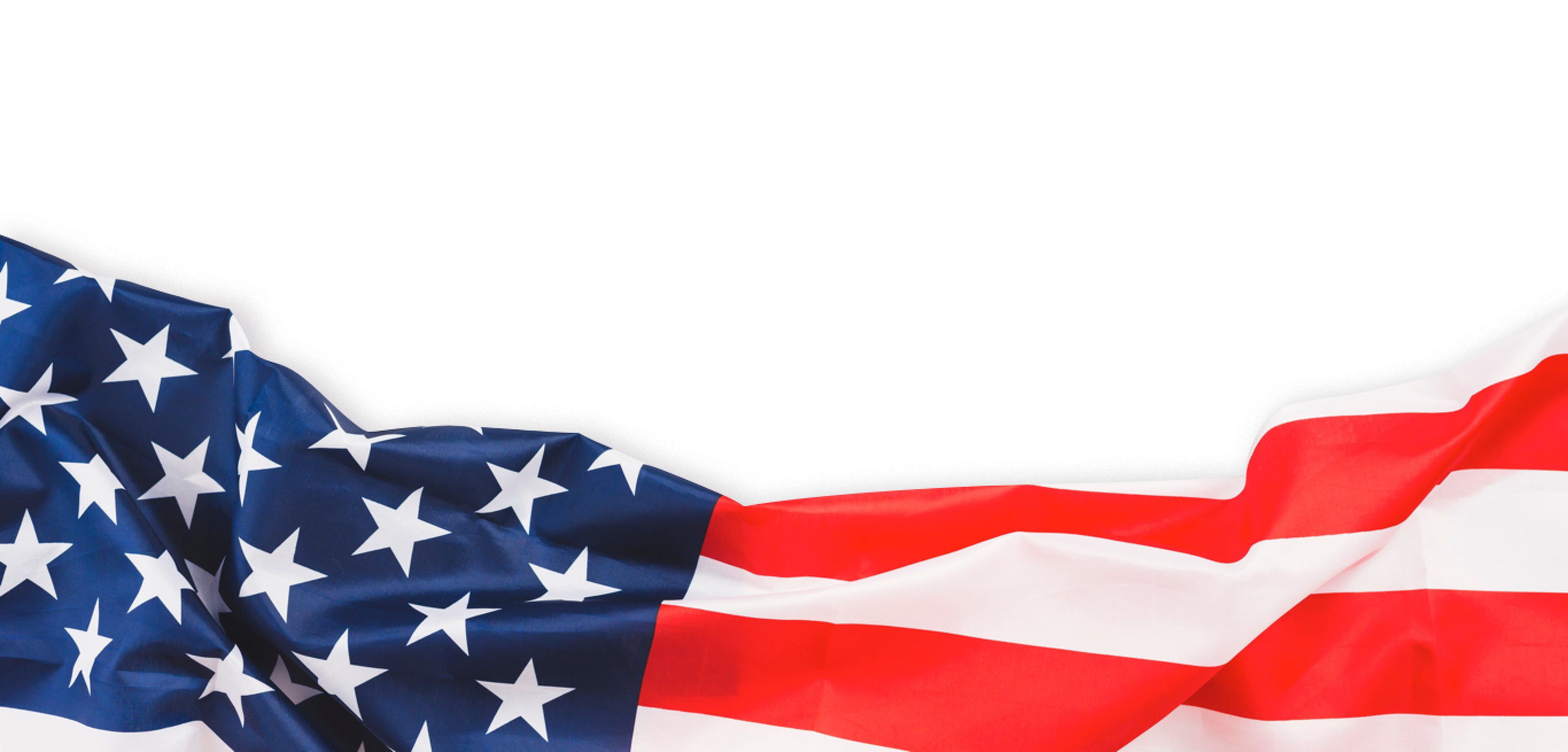What Made in the U.S.A. Means

When you buy apparel, there are certain hallmarks you look for before you make a purchase. For many proud patriots, Made in America is an important stamp of approval needed before buying a piece of clothing. The Made in America label is important because it shows a commitment to national jobs and our ability to prosper independently. In fact, it's so important that Herbert Hoover signed the Buy American Act in 1933 which stated that the government had to buy only U.S. produced goods unless it was otherwise impossible to do so. While this label may be important to you, there are a few things you might not know about what made in the USA means. Let's take a closer look at what made in the USA means for a better understanding of this important principle.
So, what exactly does Made in the U.S.A. mean? There are a few standards which dictate which products can certify for this Made in America label. The FTC or Federal Trade Commission regulates the use of the Made in America label and it declares that, "all or virtually all American parts are used in the production of an item." This means a product can't be produced in America using foreign materials and still get the Made in U.S.A. label assigned to it. It is important to note that there are differences in certain labels which may confuse consumers. For example, some products were being labeled as Made in America when the product was built in the U.S.A. but with the parts being from foreign countries. The FTC had to crack down on this to ensure consumers weren't being led to falsely believe a product was made in America with American materials. The FTC introduced a new label of Built in America which means a product is built or manufactured in America using some or mostly foreign materials.
So, how does this apply to clothing? The matter of clothing Made in the U.S.A. can be a little trickier. Why? Because most fabrics are grown outside of America and are imported. While America may import raw materials, the raw materials are then made into fabrics which are considered Made in the U.S.A. if the fabrics were manufactured in America despite their growing origins, and the final product was assembled in the United States.



